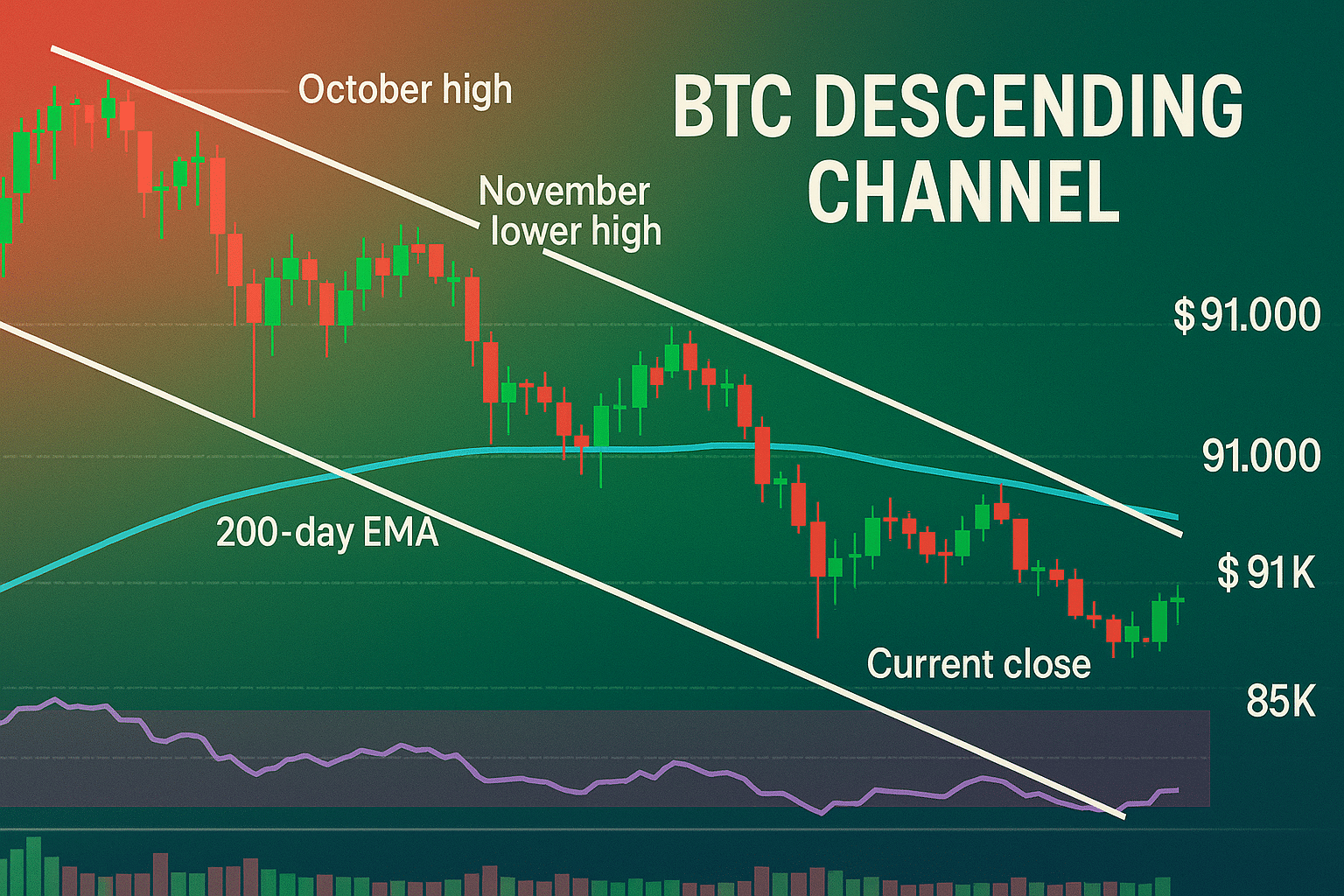Decentralized Finance (DeFi) is quickly becoming one of the most transformative sectors in the blockchain space. It allows users to trade, lend, borrow, and earn yields without intermediaries like banks. However, since a growing number of DeFi projects are launching every day, it is becoming more difficult for new platforms to stand out. To overcome these challenges, many DeFi projects are increasingly leveraging airdrops as an effective promotional tool.
In this article, we’ll explore how airdrops are being used to promote DeFi projects, attract liquidity, and encourage user engagement. From building early user bases to driving liquidity into DeFi protocols, airdrops are playing a critical role in the growth of decentralized finance.
1. Why Airdrops Matter for DeFi Projects
DeFi projects need users and liquidity to thrive. Without users, the platform lacks activity, and without liquidity, trades and financial activities become difficult to execute. Fortunately, airdrops provide an effective way for DeFi projects to address these challenges by distributing tokens directly to users, encouraging them to explore and engage with the platform.
Why Airdrops Are Effective for DeFi:
- User Acquisition: Airdrops offer users free tokens, incentivizing them to explore and interact with the platform.
- Liquidity Generation: Many recipients add their airdropped tokens to liquidity pools, enhancing liquidity for trading and other DeFi activities.
- Community Building: Airdrops can help form a loyal user base that supports the project and spreads the word.
By distributing tokens through airdrops, DeFi projects can incentivize early users to engage, provide liquidity, and help grow the ecosystem.
2. How Airdrops Attract Liquidity to DeFi Projects
A key challenge for DeFi projects is attracting liquidity, which is essential for decentralized exchanges (DEXs) or lending protocols to function efficiently. Airdrops, therefore, play a crucial role in solving this problem by encouraging users to deposit tokens into liquidity pools.
How Airdrops Drive Liquidity:
- Liquidity Pool Participation: Airdrops often encourage recipients to deposit their tokens into liquidity pools. This increases liquidity, enabling smoother trading and lending activities.
- Incentivizing Yield Farming: Some DeFi projects combine airdrops with yield farming incentives. This strategy rewards users who provide liquidity by distributing more tokens, creating a feedback loop that attracts even more liquidity.
- Staking and Lending: Airdropped tokens can be staked or lent, increasing liquidity on lending platforms while also securing the network.
As a result, distributing tokens through airdrops not only engages users but also attracts liquidity, which is vital for DeFi platforms to function smoothly.
3. Examples of Successful DeFi Airdrop Campaigns
Several DeFi projects have successfully used airdrops to drive growth, build user communities, and increase liquidity. By distributing tokens to early adopters or users from similar platforms, these projects have grown their ecosystems and built stronger communities.
Example 1: Uniswap (UNI) Airdrop
Uniswap, one of the most popular decentralized exchanges, launched one of the most successful airdrops in DeFi history. In 2020, Uniswap airdropped 400 UNI tokens to every wallet that had interacted with the platform.
Impact:
- Massive User Acquisition: Over 250,000 wallets received UNI tokens, leading to a significant increase in user activity.
- Increased Liquidity: Many recipients used their airdropped UNI tokens to provide liquidity, boosting trading volume and liquidity across Uniswap pools.
- Governance Participation: The airdrop introduced governance tokens, empowering users to vote on key decisions, further engaging the community.
Example 2: 1inch (1INCH) Airdrop
1inch, a decentralized exchange aggregator, also used an airdrop to distribute its governance token, 1INCH, to users who had previously interacted with its platform.
Impact:
- Boosted Liquidity: The airdrop led to an increase in liquidity in 1inch pools, significantly improving trading efficiency.
- User Retention: By rewarding users with governance tokens, 1inch fostered loyalty, ensuring that users remained active on the platform.
Example 3: dYdX (DYDX) Airdrop
The decentralized derivatives platform dYdX airdropped its governance token, DYDX, to users who had traded on its platform.
Impact:
- Enhanced Liquidity: DYDX tokens were used in liquidity mining, encouraging users to add liquidity to the platform’s derivatives markets.
- Governance Engagement: The airdrop gave users a voice in governance, increasing participation in the decision-making process.
These examples demonstrate how airdrops can help DeFi projects attract liquidity and build strong, engaged communities.

4. The Role of Airdrops in DeFi Governance
Many DeFi projects use a decentralized governance model, meaning that decisions about the platform’s future are made by the community. Governance tokens, often distributed through airdrops, incentivize users to take part in platform governance.
How Airdrops Promote Governance:
- Empowering Users: Airdropping governance tokens gives users voting rights, encouraging them to take an active role in the platform’s direction.
- Decentralized Decision-Making: Projects like and have distributed governance tokens through airdrops, allowing their communities to vote on major platform decisions.
- Long-Term Commitment: By distributing governance tokens to early users, projects ensure that those participants have a long-term stake in the platform’s success.
In this way, airdrops encourage decentralized decision-making by distributing governance power to the community.
5. How Airdrops Build and Strengthen DeFi Communities
Beyond driving liquidity and governance, airdrops are an effective tool for community building. Many DeFi projects rely on active communities for feedback, growth, and user retention. Airdrops help build these communities by distributing tokens to users who can then become long-term supporters of the project.
Benefits of Community Airdrops:
- Rewarding Early Adopters: Airdrops often reward users who interact with the platform early, creating loyalty and goodwill.
- Word-of-Mouth Promotion: Users who receive airdropped tokens are more likely to share their experience, attracting new users.
- Network Effects: As more users receive tokens, the platform gains momentum, creating network effects that lead to greater adoption and growth.
Through airdrops, DeFi projects can build strong communities that actively contribute to the platform’s growth and success.
Conclusion: Airdrops as a Powerful Growth Tool for DeFi Projects
Airdrops are a highly effective tool for promoting DeFi projects. By distributing tokens, DeFi platforms can attract users, increase liquidity, and build engaged communities. As a result, airdrops serve as a critical strategy for growth in the competitive DeFi space.
For DeFi projects looking to grow, airdrops provide an opportunity to not only engage early adopters but also create liquidity and foster long-term participation in platform governance. As decentralized finance continues to evolve, airdrops will remain a valuable tool for building DeFi ecosystems.
For more insights on how airdrops contribute to DeFi project growth, visit our DeFi Airdrop Strategies.
Stay Updated
For the latest updates on DeFi airdrops and project growth strategies, follow us on:
Stay informed with the latest crypto insights at FreeCoins24.io.
Special Offer
Want to trade tokens earned from DeFi airdrops? Sign up on Bybit today and enjoy up to $30,000 in deposit bonuses. Trade with confidence on a trusted platform.
















